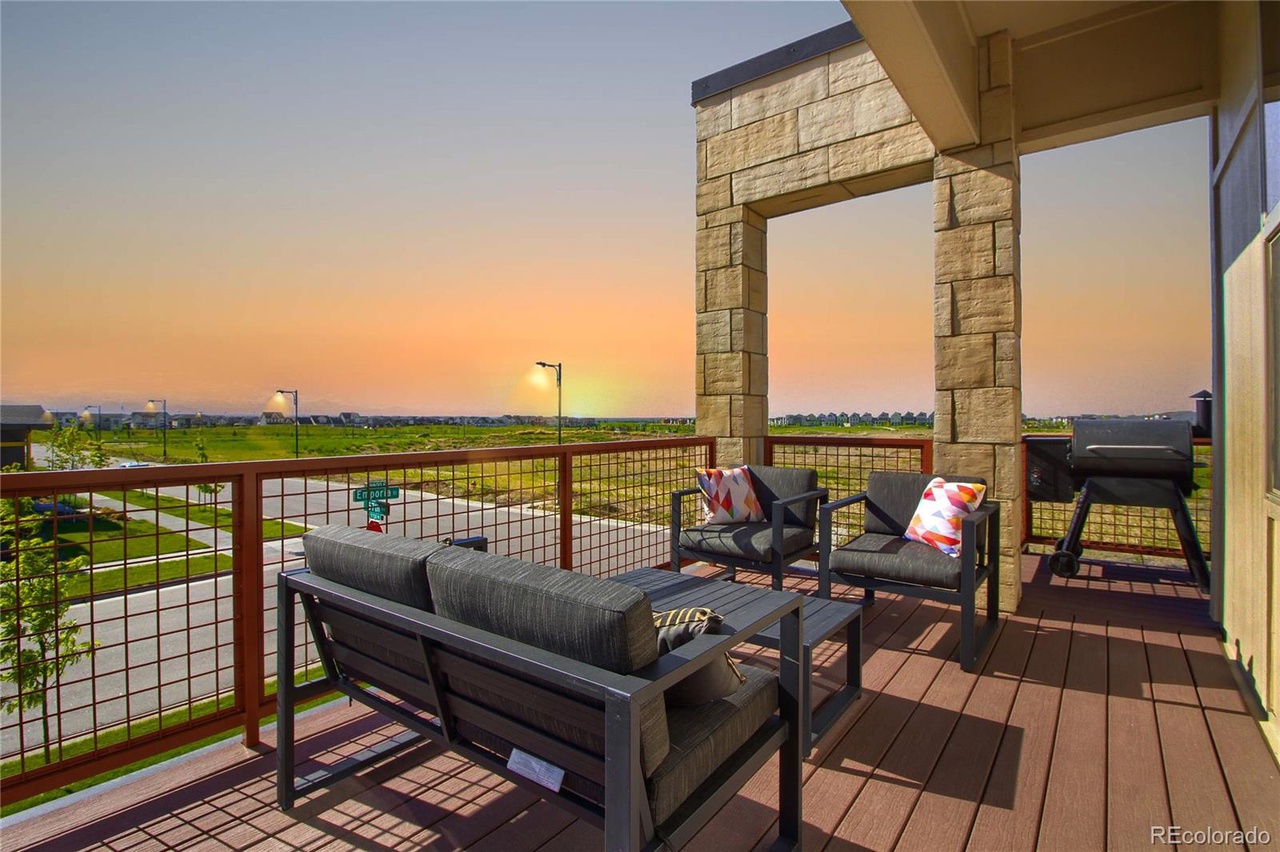At Focus, we understand that your rental property is an investment and that setting the right price is important for optimizing your potential profit. Determining the best rental rate for a property can be challenging. Setting the rental rate too low will hurt your bottom line. Conversely, charging a high premium compared to similar properties in the area can lead to longer tenant vacancy, which is also costly and affects your bottom line more than you might suspect.
This document shares information about:
- How Focus helps you determine the rental price sweet spot,
- Factors to consider in the pricing process – including the cost of vacancy, and
- How Focus’ processes are designed to proactively command top dollar.
Focus’ Rental Rate Estimate
Ultimately, the final rental rate decision is up to you as the owner. That said, as your property manager, Focus will complete and send you a rental analysis and estimated rental rate.
Our rental analysis takes into account several factors such as:
- Rates for comparable properties looking at:
- Active and leased comparable properties on the MLS, which is the site that real estate brokers access to help clients buy and sell homes. Rental data is less prevalent in this system compared to “for sale” property data, but some rental data exists, and we comb through it to leverage what we can.
- Rental rates for properties on Zillow.
- The Zillow “Rent Zestimate,” which is what Zillow thinks the property could rent for.
- Redfin’s Rental Estimate, which looks at aggregate rental data and presents an estimate of the fair market rental value of an individual home.
- Level of market demand and lease-up time that we are seeing based upon:
- Overall market conditions (driven by numerous factors such as rental saturation, seasonality, and interest rates) and
- Rentals similar to yours (size, location, pet policy, amenities, etc.).
- Your pet policy since allowing pets opens up the prospective tenant pool, can decrease time on the market, and can decrease tenant turnover.
The Cost of Vacancy
Despite the rental analysis, some owners are torn on whether to charge “just a bit more” on their rental property. For this reason, we want to outline some important considerations in making the final rental rate decision because charging too high of a premium compared to similar properties in the area can lead to longer tenant vacancy, which can be costly. In fact, the cost of vacancy can, at times, quickly offset the benefit of “just a bit more” rent.
Let’s break this down a bit by listing some of the tangible costs of vacancy:
- Lost rent (which we often see in the range of $3,000 to $4,000 in our portfolio)
- Re-leasing fee costs, which is half of the lease’s first month’s rent
- Tenant turnover costs, which includes maintenance that inevitably pops up between tenants and is necessary to get the property ready to re-lease
- Your property carry costs, which includes your mortgage, taxes, insurance, utilities, etc.
The lost rent alone is significant. If “just a bit more” rent results in your property being on the rental market for longer, it could take months (or even years) for the higher rent to make up for the cost of prolonged vacancy. To bring this to light, below is an example where, if you chose to increase the rent by $100 more / month and that caused the home to be on the market for an extra 2 weeks, it would take 1.3 years for the higher rent to make up the cost of vacancy. If the leasing took 4 extra weeks, it would take over 2 years for the higher rent to make up for the cost of vacancy.
A “little more rent” sometimes isn’t worth it when you compound this situation by the other costs outlined above plus the risk of not getting the property rented even with the extra 2-4 weeks.
Being Proactive to Command Top Dollar
In addition to providing the above-mentioned rental analysis and an estimated rental rate, Focus does several things as part of our service to get your property rented as quickly as possible and at top dollar. These efforts may include:
- Getting your property “rent ready” by completing any necessary cleaning, maintenance, and/or renovations (such as painting) to bring the home to a nice condition, meet rental license code, and (frankly) attract higher quality tenants
- Getting professional photos to use in the listing because prospective tenants are more likely to click on images that look professional (and the more clicks we get, the more potential applications we’ll get)
- Applying “virtual staging” to the professional photos to help prospective applicants visualize the home fully decorated (which is more efficient and costs much less than actually staging the property)
- Engaging an interior designer for homes that need selections for renovations (e.g. for carpet, paint, lighting)
- Maintaining defined processes and procedures that drive an especially efficient and effective rent ready process (e.g. quickly defining, estimating, and implementing maintenance, cleaning, and renovations with established and quality vendors, e.g. locking in lease renewals before the lease’s end date so we are ahead of the re-listing process if it is needed)
Conclusion
Again, the rental rate decision is ultimately yours as the property owner. Seeking a solid price while remaining competitively priced to attract good tenants is a tough balance. Focus’ job is to be your agent and that includes articulating important considerations so that you can make the most informed decisions – including setting the best rental rate for your property.
This content is for educational purposes only. The information is not represented to be complete and is subject to change without notice.





